Christmas Day, Boxing Day and New Years Day Sea Swims in Cornwall 2023
Every year on Christmas day, boxing day and new years day, people voluntarily run into the Cornish sea in...
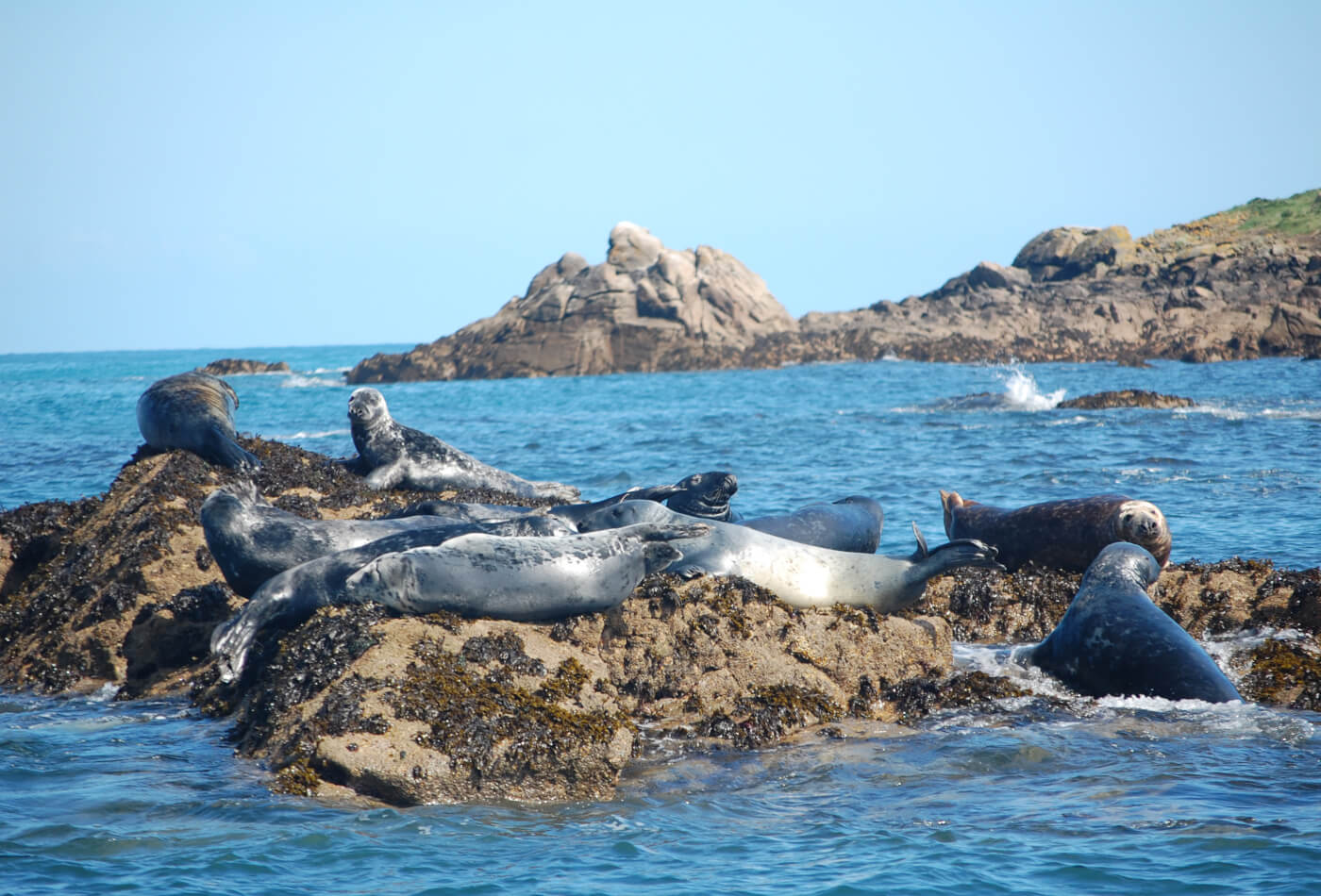
Experience the natural beauty of St Ives’ wildlife and wildlife in Cornwall with Carbis Bay Holidays.
For some of us, the best thing about going on holiday is exploring a new place. And with new areas and terrains comes a host of magical, yet natural, discoveries.
On holiday, we not only get to come across new climates and habitats, but we have the time and mental space to really appreciate it.
St Ives’ wildlife flourishes in the microclimate of Cornwall, from the seabirds flying above to the seals and dolphins in the water below.
At Carbis Bay Holidays, we love slowing down and noticing the simple wonders of the world around us.
Read on to find our tips on how and where to spot wildlife in St Ives…
Use these handy quick links to jump to a different section:
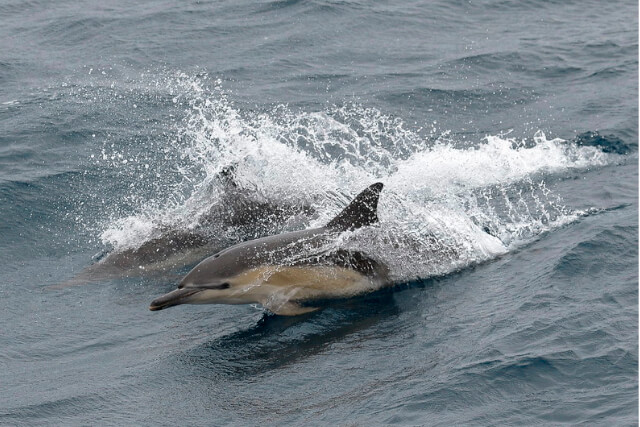
St Ives is home to some wonderful creatures. But there’s nothing quite like seeing a family of dolphins in St Ives playing just off the coast.
Dolphin spotting in Cornwall is a popular and fun activity to enjoy at any time of year. Dolphins come to feed on shoals of small fish just off the coast, so they’re never far away.
The dolphins in St Ives and the nearby shores are mainly common and bottlenose dolphins. You may well spot Risso’s dolphins and maybe even a harbour porpoise.
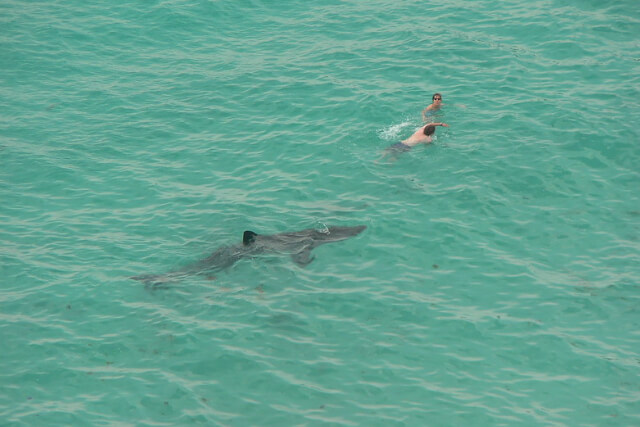
Surprisingly to some, the wildlife in Cornwall even includes the most fearsome fish of them all – sharks!
Predatory sharks found off the coast of Cornwall include the blue shark, porbeagle, thresher shark and the mako shark.
There’s never been an official sighting of a great white on the Cornwall coast, despite some claims.
Back in 2018, a 9-foot blue shark was spotted swimming around St Ives Harbour and people were urged to stay out of the water.
St Ives’ sharks are more likely to be friendly giants though. In summer, you might see the huge, yet gentle, basking sharks in St Ives during settled weather.
The largest ever basking shark measured was a whopping 12.27 metres – that’s over 40 feet!
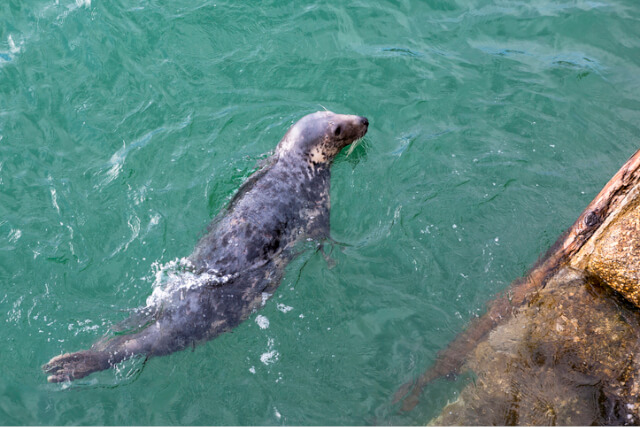
Seals are undoubtedly the dogs of the sea. Their babies are called pups, they’re playful and cute, and they love lounging around on a sunny afternoon.
What’s not to love?
Grey seals live in large colonies and spend most of their time in the sea. They can even come up to the surface for air whilst sleeping!
You can spot St Ives’ seals at any time of the year, weather permitting. They are usually from the colonies living on Seal Island or near Godrevy Point.
Read our post on Seal Island to find out all you need to know about this fantastic St Ives seals hotspot.
It goes without saying that colonies of seals should always be observed from a distance for both their protection and yours.
Grey seals can be inquisitive and will often approach surfers or swimmers. They can become aggressive when threatened though, so it’s best to steer clear and always follow the coastguard advice.
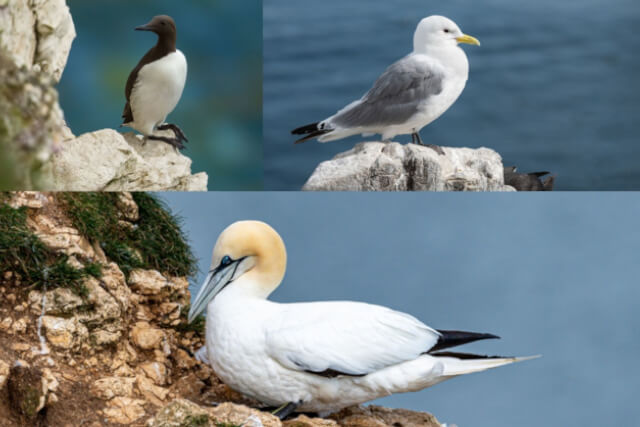
Do you consider yourself to be something of a birdwatcher? Or just enjoy the rush of seeing species you’ve never seen before?
Well, St Ives’ birds will delight you to no end! Alongside a huge array of land birds, you’ll be witness to a host of seabirds in St Ives too.
Seabirds in St Ives are attracted to the area by the variety of fish in the waters, and the many safe places to nest along the coast.
You can spot birds in St Ives at any time of year. Viewing opportunities are at their best, however, when strong northeast and northwest winds force birds closer to the shore.
The types of seabirds in St Ives you can expect to see include;
During the months of April and September, you’ll often see some of the rarer species of seabirds in St Ives, as these are the migrating months.
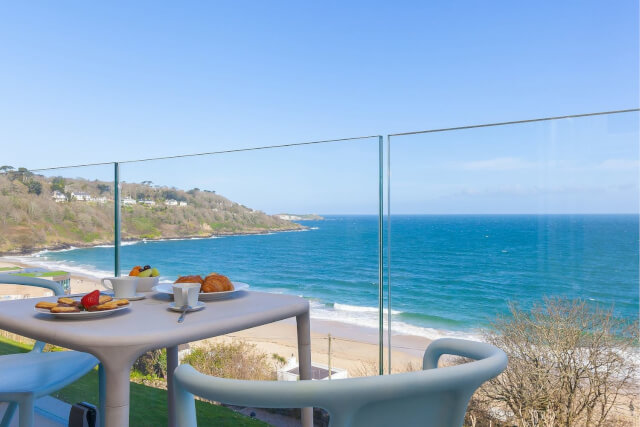
The apartments and holiday homes that we offer across Carbis Bay and St Ives offer unparalleled access to some of the most beautiful scenery and wildlife in Cornwall and the UK.
Enjoy the sights and sounds of seabirds from your balcony at a beach view apartment. You can wake up to breakfast with a view, and watch spectacular sunsets at the end of each day.
Once you’ve enjoyed a refreshing morning amble along the coast to catch sight of some of these beautiful creatures, why not treat yourself in the afternoon? Read our article on the best afternoon tea in St Ives to find out where to for an indulgent afternoon.
Discover the wonder of St Ives’ wildlife at a Carbis Bay Holiday cottage. Book today online, or speak to one of our travel experts on the phone.
This article was adapted from original content by Tony Townsend for Carbis Bay Holidays.